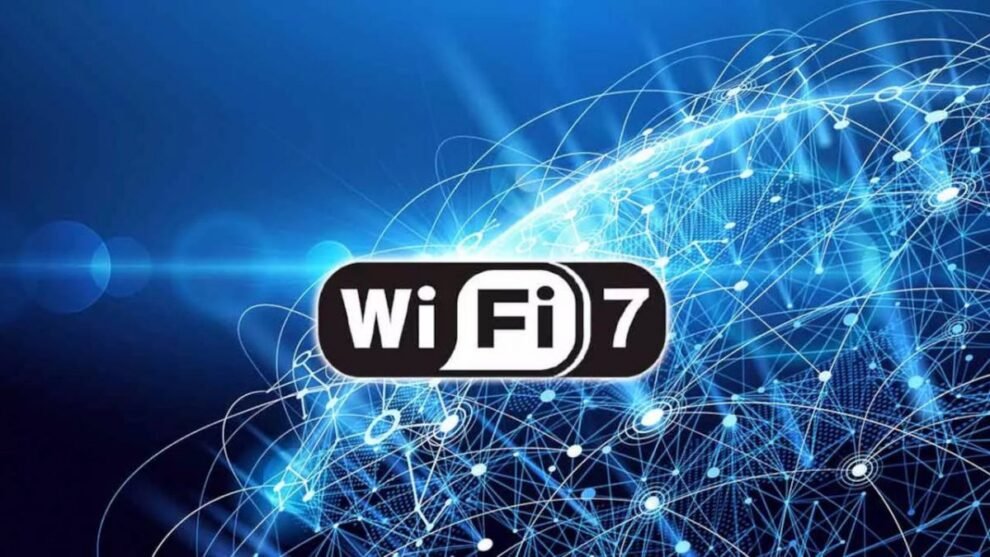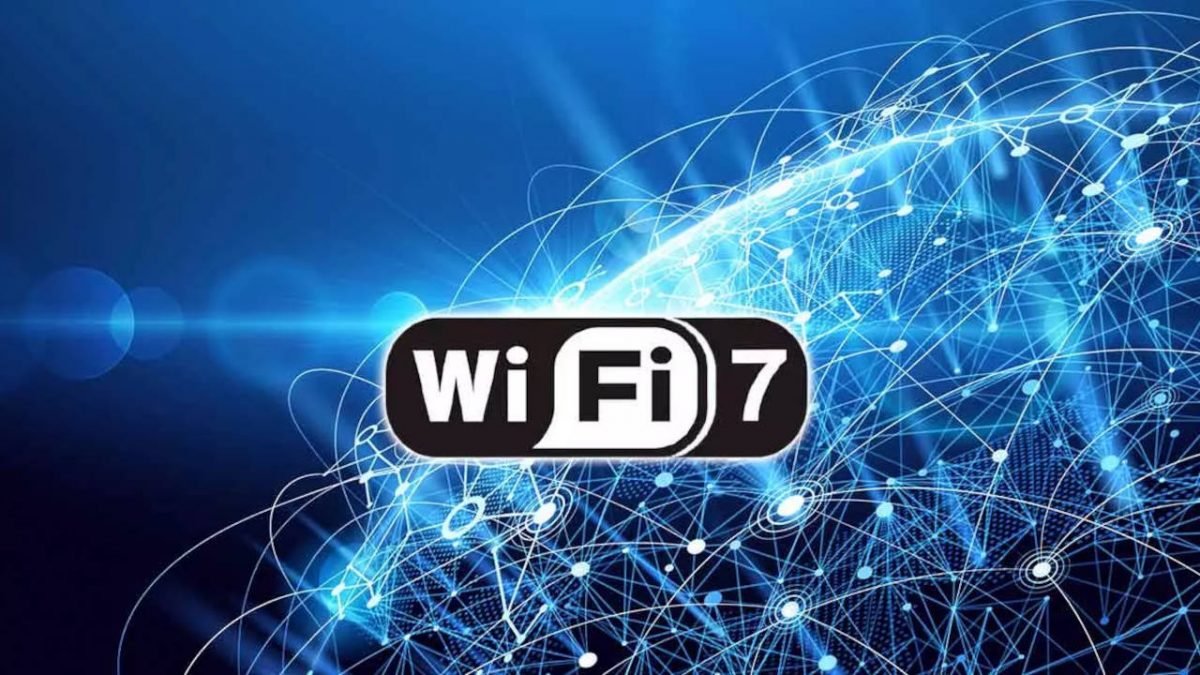Wi-Fi 7, also known as IEEE 802.11be Extremely High Throughput, marks a significant leap forward in wireless technology, promising to redefine the boundaries of connectivity with unprecedented speeds, lower latency, and improved efficiency. This new wireless standard is set to usher in a new era of digital experiences, from 8K streaming and augmented reality to cloud gaming and beyond.
Key Highlights:
- Enhanced channel efficiency with Multi-RU Puncturing, allowing devices to utilize unused parts of a channel for increased reliability and speed.
- Demonstrated speeds exceeding 5 Gbps in cross-vendor tests by Intel and Broadcom.
- Introduction of 320 MHz channels in the 6 GHz band, doubling the throughput capabilities compared to Wi-Fi 6 and 6E.
- Upgradation from 1K QAM to 4K QAM, enhancing signal density and performance by 20%.
- Multi-Link Operation (MLO) for robust and efficient connectivity by combining multiple frequency bands.
- Significant improvements in latency, essential for real-time applications like tele-diagnostics and AR/VR.
- Compatible with existing Wi-Fi 6E infrastructure while offering advancements in the 2.4 GHz, 5 GHz, and 6 GHz bands.
The Evolution of Wi-Fi Standards
Wi-Fi 7 builds on the foundation laid by its predecessors, introducing several innovative features that set it apart. With support for the 2.4 GHz, 5 GHz, and 6 GHz frequency bands, Wi-Fi 7 enhances the capacity and efficiency of wireless networks. The standard utilizes 320 MHz channels and 4K QAM modulation, significantly increasing data rates and network reliability, especially in dense environments. Multi-Link Operation (MLO) is another standout feature, offering flexibility and resilience by enabling devices to transmit and receive data across multiple bands simultaneously.
Real-World Applications and Benefits
Wi-Fi 7 is designed to meet the demands of high-capacity applications and complex use cases that require reliable, high-speed connectivity. Its capabilities make it an ideal choice for:
- Streaming 8K video content without buffering.
- Supporting immersive AR/VR experiences with minimal latency.
- Enabling seamless cloud gaming and interactive applications.
- Facilitating advanced industrial IoT and Industry 4.0 applications.
- Providing robust connectivity for tele-diagnostics and telesurgery in healthcare.
Enhanced Channel Efficiency and Speed
The introduction of Multi-RU Puncturing is a game-changer, allowing Wi-Fi 7 devices to utilize otherwise unused parts of a channel. This means even if part of a channel is occupied, the remaining bandwidth isn’t wasted, significantly improving efficiency and speed.
Breakthrough Speeds
The collaboration between industry giants like Intel and Broadcom, achieving over-the-air speeds greater than 5 Gbps, showcases Wi-Fi 7’s potential to surpass current expectations for wireless connectivity speed, setting a new benchmark for what’s possible.
The Future of Connectivity
Wi-Fi 7 represents a significant milestone in the evolution of wireless technology, promising to deliver a seamless and efficient connectivity experience. Its introduction is timely, aligning with the increasing demand for higher broadband speeds and the growth of IoT devices. With the standard expected to become widely available to consumers within the 2023-2024 timeframe, Wi-Fi 7 is set to play a pivotal role in shaping the future of digital communication, entertainment, and business operations.
In conclusion, Wi-Fi 7 stands as a testament to the relentless pursuit of technological advancement in wireless connectivity. Its blend of high speed, low latency, and efficiency is poised to revolutionize the way we interact with digital technologies, making it a cornerstone of modern digital infrastructure. As we stand on the brink of this new era, the anticipation for Wi-Fi 7’s full potential and impact on our digital lives is palpable, promising an exciting future for wireless technology.



















